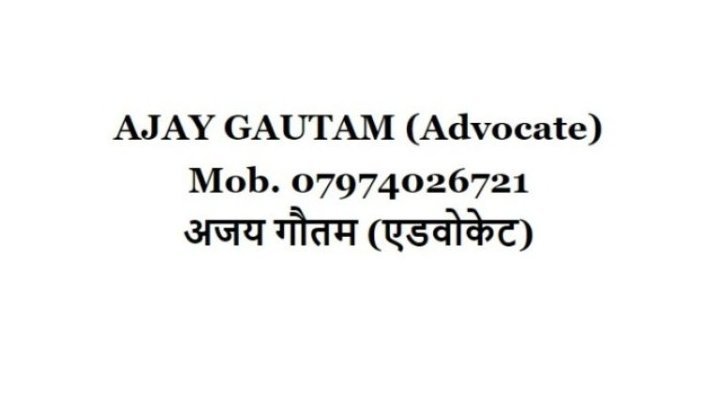SARFAESI Act Procedure Steps
The SARFAESI Act procedure for the enforcement of security interest involves several key steps:
-
Classification of the Account as Non-Performing Asset (NPA): The borrower’s loan account is classified as NPA after 90 days of default.
-
Issuance of Demand Notice (Section 13(2)): The secured creditor issues a written demand notice to the borrower specifying the amount due and demanding full repayment within 60 days.
-
Borrower’s Objections/Representation (Section 13(3A)): The borrower can raise objections or representations within the 60-day period, and the creditor must respond within 15 days.
-
Taking Possession of Secured Assets (Section 13(4)): If repayment is not made, the creditor can take symbolic or physical possession of the secured assets.
-
Publication of Possession Notice: The possession notice is published in local newspapers to notify the public.
-
Valuation and Sale Notice: The creditor conducts valuation and issues a sale notice of the secured assets.
-
Auction and Sale of the Secured Assets: The assets are auctioned to recover the dues. The sale proceeds are used to settle the loan; any excess amount is returned to the borrower.
-
Appeal Mechanism (Section 17): The borrower can approach the Debt Recovery Tribunal (DRT) for relief against the creditor’s actions under the Act.
This process is designed to enable banks and financial institutions to recover their non-performing assets efficiently without court intervention, while also safeguarding borrower rights through objection and appeal provisions.
Below is a clear, step-by-step summary of the SARFAESI Act, 2002 procedure followed by secured creditors (mainly banks/financial institutions) for enforcing security interest without court intervention.
SARFAESI Act Procedure – Step-by-Step
1. Account Declared as NPA
-
The borrower’s loan account must first be classified as a Non-Performing Asset (NPA) as per RBI norms.
-
Only then the secured creditor can invoke SARFAESI.
2. Issue of Demand Notice – Section 13(2)
-
The bank issues a 60-day demand notice to the borrower.
-
Notice must specify:
-
Total outstanding amount,
-
Details of secured assets intended to be enforced.
-
-
Borrower may:
-
Repay the dues, OR
-
Make objections/representations.
-
3. Consideration of Borrower’s Representation – Section 13(3A)
-
Bank must reply within 15 days:
-
Accepting the objection, OR
-
Rejecting it with reasons.
-
-
No enforcement action can be taken until the 60-day notice period is over.
4. Enforcement of Security Interest – Section 13(4)
If the borrower fails to comply within 60 days, the creditor may take one or more of the following actions:
(a) Take Possession of Secured Assets
-
Movable property: symbolic or physical possession.
-
Immovable property: symbolic possession via possession notice under Rule 8.
(b) Take Over Management of Borrower’s Business
-
Applicable for company/firm borrowers.
(c) Appoint a Manager
-
Bank may appoint a manager to manage and protect the secured asset.
(d) Demand Payments from Third Parties
-
Bank may instruct third parties (e.g., debtors of borrower) to pay directly to the bank.
5. Sale of Secured Asset (Rules 8 & 9)
After possession is taken, the bank proceeds with sale:
(a) Valuation
-
Obtain valuation from an approved valuer.
-
Fix reserve price.
(b) 30-Day Sale Notice
-
Serve sale notice to borrower.
-
Publish notice in newspaper (for immovable property).
(c) Methods of Sale
-
Public auction,
-
E-auction,
-
Private treaty (with borrower’s consent),
-
Tender,
-
Sale through agent.
(d) Conduct of Auction
-
Earnest Money Deposit (EMD),
-
Auction,
-
Confirmation of sale,
-
Issuance of Sale Certificate.
6. Application of Sale Proceeds
Sale proceeds are used as follows:
-
Costs, charges, and expenses of enforcement.
-
Dues of the secured creditor.
-
Surplus (if any) returned to borrower.
7. Right of Redemption – Before Sale Confirmation
-
Borrower can clear dues at any time before sale confirmation, and recover the asset.
8. Remedy for Aggrieved Borrower – Appeal to DRT (Section 17)
-
Borrower or any aggrieved party may file an appeal before Debt Recovery Tribunal (DRT) within 45 days from the date of bank’s action under Section 13(4).
-
Further appeal lies with DRAT.
9. Assistance of Magistrate – Section 14
-
If needed, the bank may seek help from the Chief Metropolitan Magistrate (CMM) or District Magistrate (DM) for taking physical possession of the asset.
10. Completion of Enforcement
-
After sale, payment adjustment, and issuance of sale certificate, the enforcement under SARFAESI is concluded.
